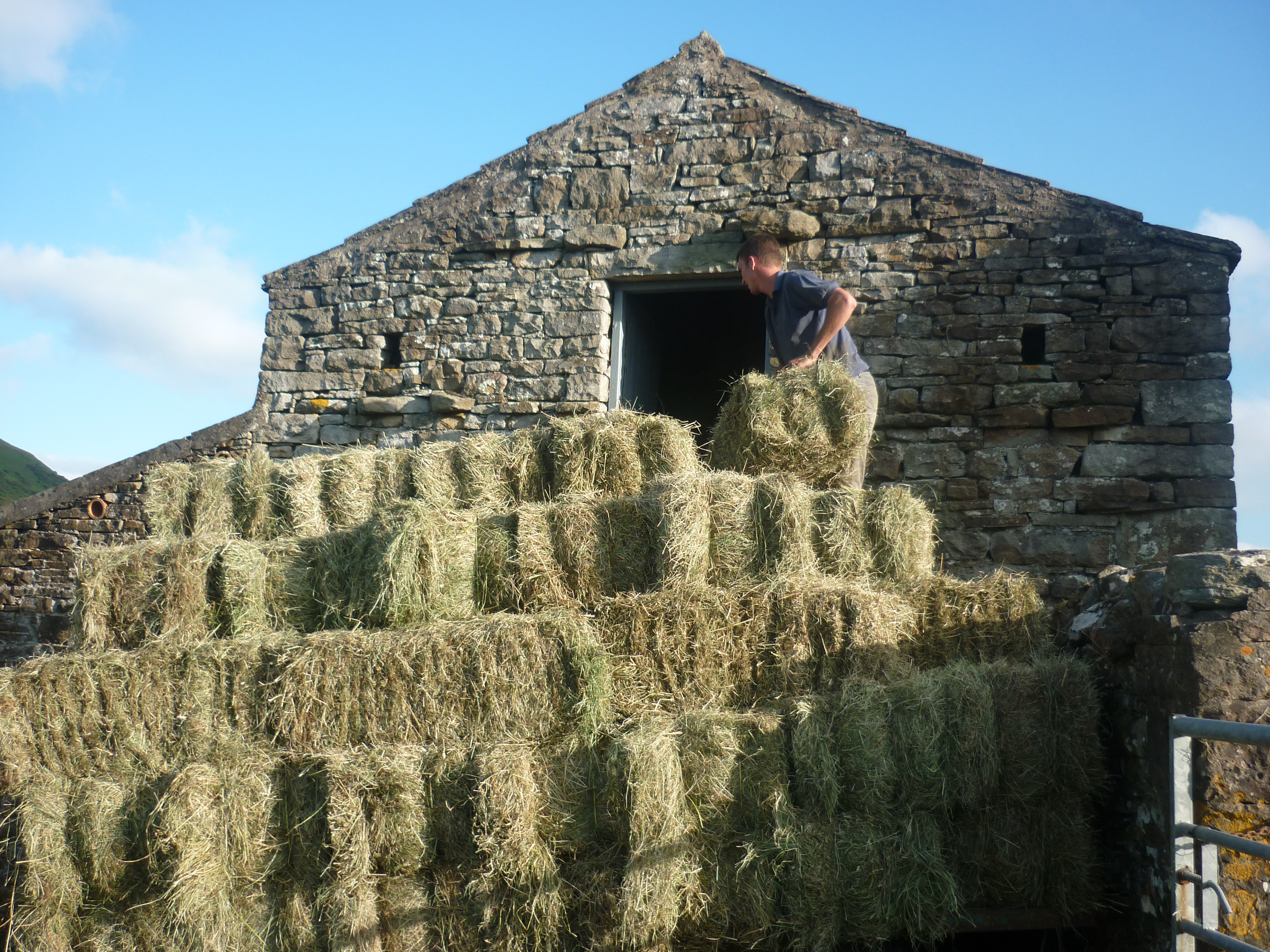



Fight Heat Stress in Transition Barns and Beef Cattle
US - Summer brings added costs for cattlemen, but cooling cows in hot and humid weather pays off in the long run and should be done across more animals.Dairy and beef producers are being reminded to cool dry cows and beef cattle during hot and humid periods to avoid a hit in pregnancy rates and calf performance.
Several studies show that cows cooled through the dry period give more milk in the following lactation.
This is why Dr Heather Dann of the William H Miner Agricultural Research Institute (WHMARI) has advised farmers to invest in heat abatement in transition barns, warning that heat stress also impacts calves.
*
"Calves born during heat stress, particularly if dams are not cooled, may need more attention..."
“Maternal heat stress during late gestation affects the fetus, and that prenatal stress has carryover effects on the calf after birth,” said Dr Dann.
“Heat stress during late gestation is associated with reduced placental weight and calf birth weight.”
Calves from heat stressed cows have altered blood insulin and cortisol concentrations, compromised passive immunity, and impaired cell-mediated immune function, she added.
Kevin Spurlin, dairy extension specialist at Virginia Tech has advised his farmers to give cows and pre-partum heifers cooling during heat stress period.
“As herd genetics and management continue to push productivity higher, remember that all the extra metabolic heat will continue to challenge our current environmental modification strategies,” said Mr Spurlin.
“Calves born during heat stress, particularly if dams are not cooled, may need more attention during the summer to keep them healthy and growing.”
Heat and Beef Cattle Fertility
Beef cows can also meet problems in hot and humid weather, including reproductive performance, Ohio State University specialist Stephen Boyles has warned.
Hot weather reduces estrus duration and intensity, making the interval between cycles longer, Mr Boyles explained.
Furthermore, once served, eggs can be expelled from the uterine wall under times of heat stress.
“High temperatures can cause the nonimplanted egg to be expelled. Implantation is estimated to occur 11 to 40 days after breeding,” said Mr Boyles.

“Expulsion of the embryo due to heat stress does not affect fertility of future estrous cycles but delays when she will calve again.”
He added that this can be why longer estrous cycles are observed during hot weather – she may actually have been pregnant for a few days.”
Preventing Damage in those Hot/Humid Spells
Mineral blocks should be put out to replace sodium, potassium and magnesium lost through higher urination as cattle drink more.
"Free choice trace mineral salt should be provided in a location that the animals will consume it. Loose salt will be more readily consumed than block salt,” Mr Boyles added.
Other preventative measures include rotating pasture faster and feeding more frequently at the bunk.
Mr Boyles added that ‘heat of fermentation’ means cattle should be moved in the morning and fed more in the evening.
He prescribed corn as a better summer feed over hay, adding: “Corn and other concentrates contribute less to the heat of fermentation or digestion than hay. Therefore, cattle actually produce less heat when consuming corn than when consuming hay.”
He added that cool water is better for drinking and an increase in water temperature from 70F to 95F more than doubles water requirements.
“Emergency management generally involves wetting down the cattle and perhaps the roofs of buildings,” said Mr Boyles.
“The benefits of sprinkling may not be realized if it increases the amount of mud and humidity in the feedlot.”
Watch For 'Slug Feeding'
Eating habits change dramatically, WHMARI research intern Sarah Williams has warned.
“When a cow is heat stressed she is more likely to slug feed with one or two large meals throughout the day, often with more sorting during those meals.
“All of these effects accumulate and can induce ruminal acidosis, even when the ration would not normally result in acidotic conditions. “
She has reassured farmers that a study in 2001 proved heat abatement as cost effective, boasting on a 2:1 return on investment.
However, she stressed the regional variation and summer weather patterns, comparing the $600 per cow per year losses in Florida and Texas to the $72 hit felt in Wisconsin.
Michael Priestley
News Team - Editor
Mainly production and market stories on ruminants sector. Works closely with sustainability consultants at FAI Farms



